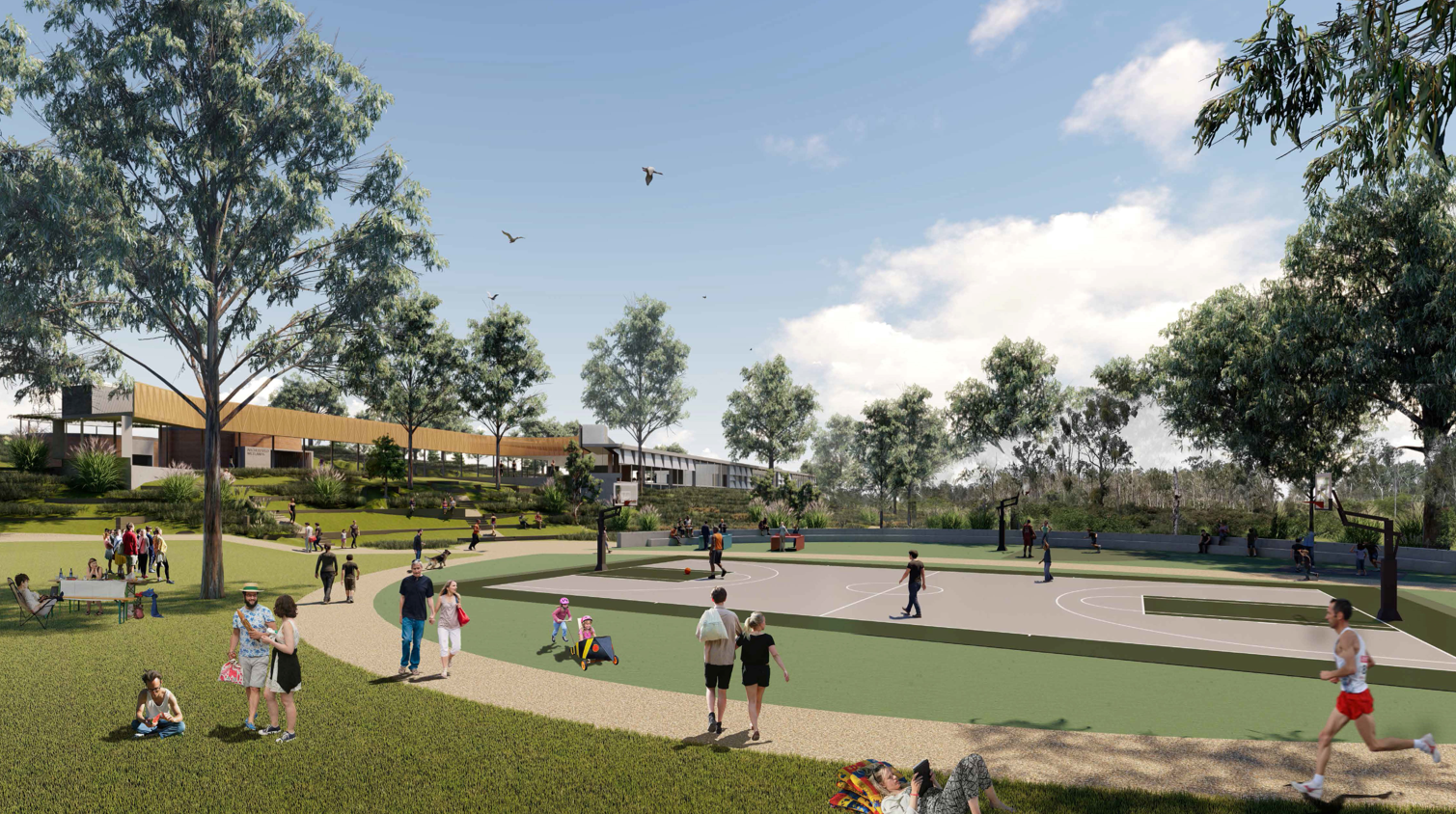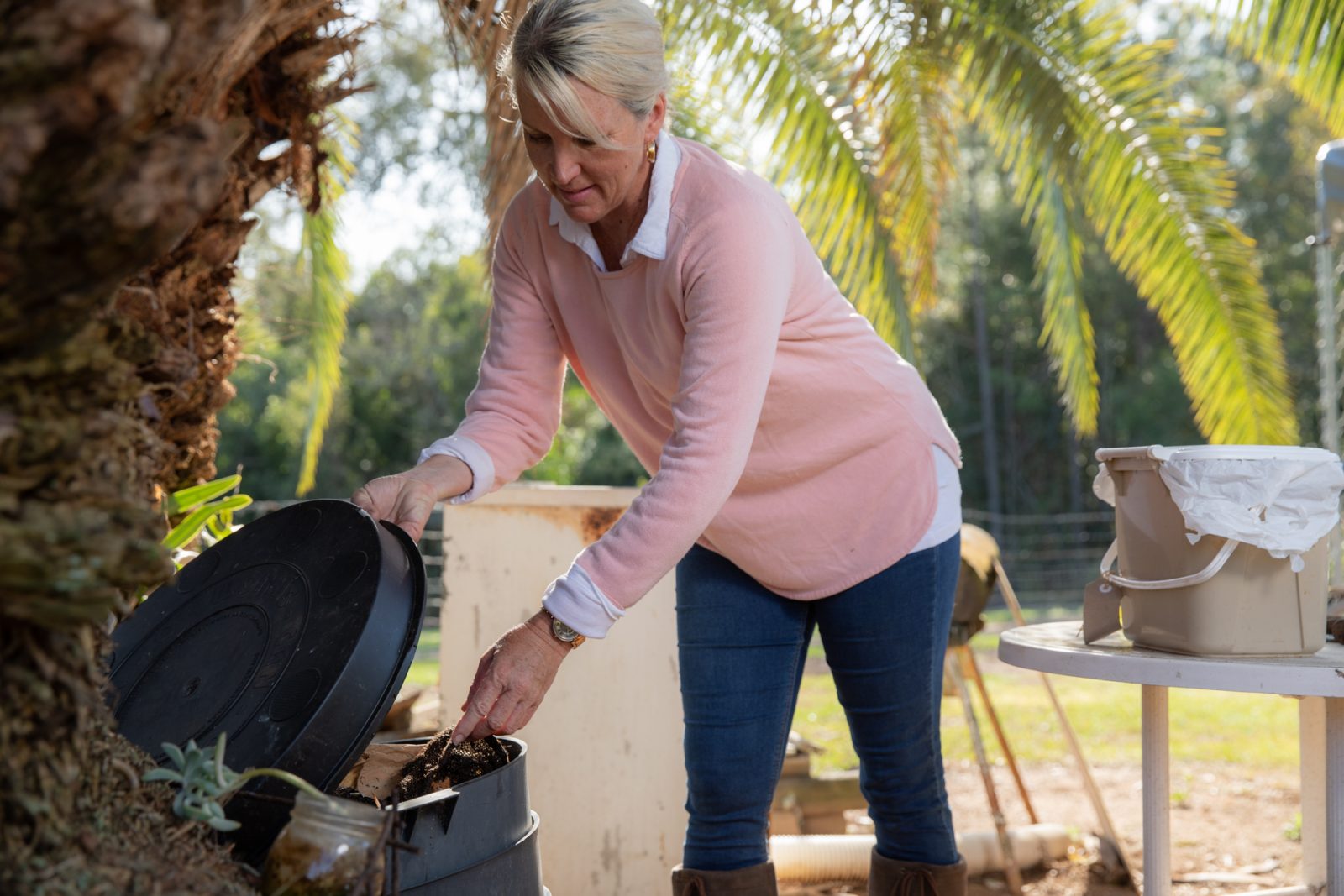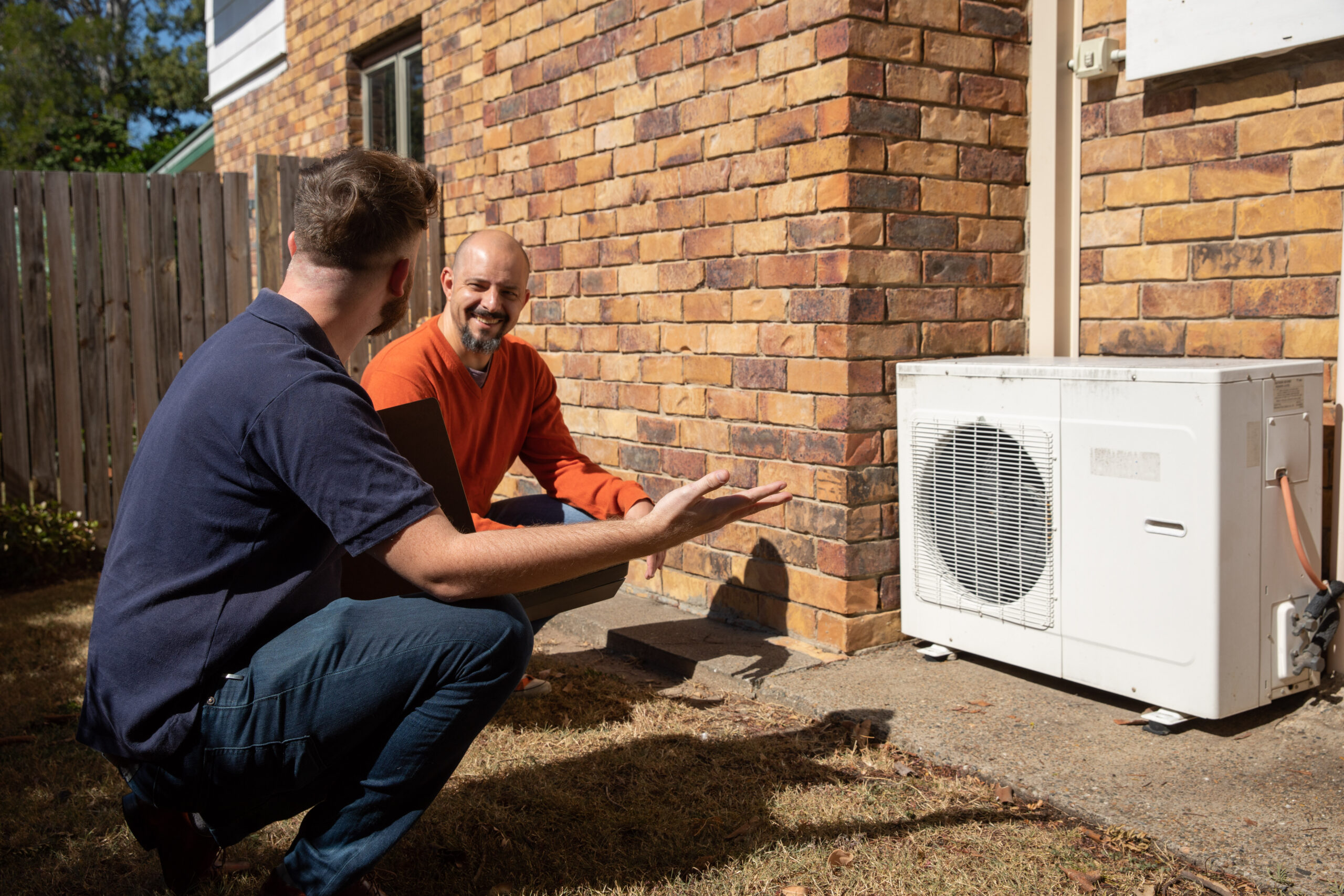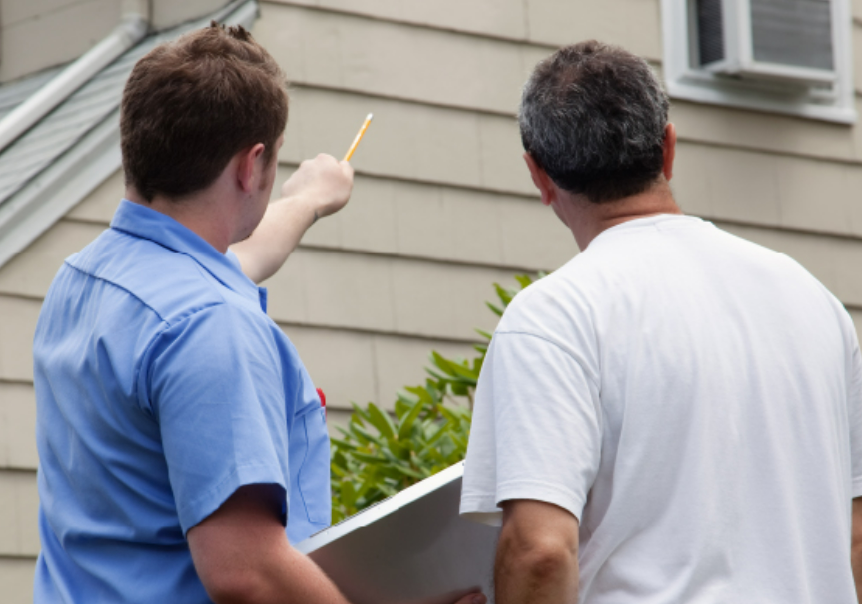The Churton household
The story of a Brisbane Carbon Challenge champion household.
Household:
FAMILY
Dwelling:
HOUSE
Ownership:
OWN
Total emissions reduction: 18%
Original emissions:
11.7 tonnes
Transport: 2.6 tonnes
Energy: 8.8 tonnes
Waste: 0.3 tonnes
Reduced emissions:
9.6 tonnes
Transport: 3.4 tonnes
Energy: 6 tonne
Waste: 0.2 tonnes
About the household
Hannah Churton, her partner and their two young children live in a house in inner West Brisbane. Despite being food waste warriors, the Churton family’s carbon footprint was slightly higher than the average carbon footprint of a Brisbane household. So they were keen to take the Brisbane Carbon Challenge to focus on reducing their energy and transport emissions.



“The solar installation helped us in impact, but from a personal experience we are all much more conscious of our consumption and as a result much more thoughtful with how we consume.”
Hannah Churton
Successes
Data leads to better energy decisions
As part of the program, Hannah and her family received a home energy monitoring system (HEMS) to understand which of the appliances in their home are the biggest culprits when it comes to energy consumption. Hannah found the device helps make the invisible visible, “as [we] can see the impact [an appliance] makes visually on the home energy monitoring system.”
“Monitoring energy use through the system and adapting our behaviours” significantly impacted their household energy consumption. For example, the monitoring system encouraged them to turn off lights and switch off appliances at the wall when they’re not needed. They also reduced the running time of their pool pump and upgraded their lights to energy-efficient LED.
The Churtons were already purchasing carbon-neutral electricity through their retailer, which balanced out the emissions from their electricity use and reduced their environmental impact. Halfway through the Brisbane Carbon Challenge, they went a step further and installed a solar power system on their roof to generate their own zero-emissions renewable electricity.
The family was satisfied with their investments and behaviour changes as soon as they received their new monthly electricity bill. Although they kept the same lifestyle, they used 70% less electricity from the grid and their bill was 93% cheaper compared to the same month the year before.
Street-wide composting hub
Hannah Churton calls herself ‘the worm monger’ and is passionate about composting and reducing food waste. A few months before joining the Brisbane Carbon Challenge, the Churtons started a compost hub for all the residents on their street and saved one tonne of food scraps from landfill in four months.
They continued growing the compost hub further during the Brisbane Carbon Challenge and started running tours to neighbours in their inner West Brisbane community on how their hub works. Their goal is to educate the community on the composting process and inspire them to get started on their own.
Challenges
Lowering transport emissions further
The Churton household’s transport emissions were already half the Brisbane average when they joined the Brisbane Carbon Challenge. With only one car at home, the family regularly use public transport and active travel.
When looking for ways to reduce their car use, Hannah considered taking the university’s shuttle bus to reduce her commuting emissions to her regional university. Unfortunately, this alternative didn’t work with her schedule.
As the family couldn’t find additional car trips they could replace with public transport or active travel, they took small steps to reduce fuel consumption. They started filling up their vehicle with E10 instead of petrol and adopted eco-driving techniques, such as braking and accelerating gently, not parking and idling and keeping tyres inflated to the maximum recommended level.
The Churtons’ low-carbon action plan:
- used E10 instead of petrol
- adopted eco-driving techniques
- installed a solar power system
- used fans instead of the air conditioner
- reduced pool pump running time
- used a pool cover
- switched off appliances at the wall when not in use
- switched off lights when not in use
- upgraded lights to LED
- composted food waste.




